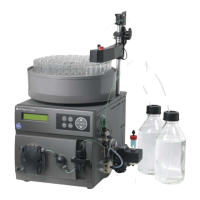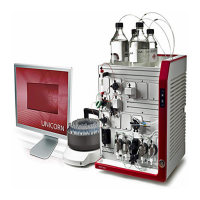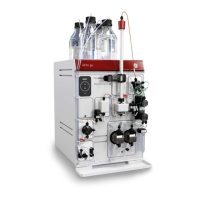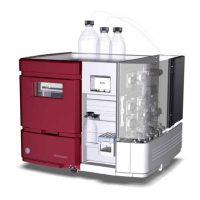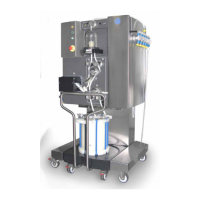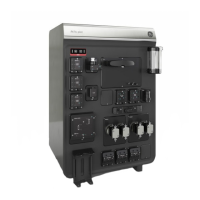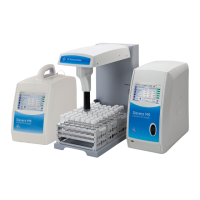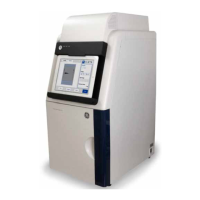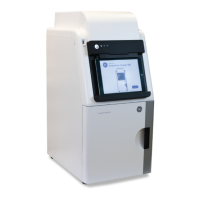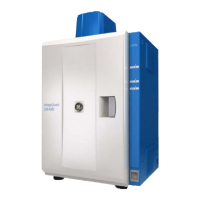What to do if I see baseline drift or noisy signal in my GE Laboratory Equipment?
- LLeah ReedAug 2, 2025
If you observe baseline drift or a noisy signal, there could be several causes. Check for air in the pump or the flow cell and inspect the flow restrictor after the flow cell. Ensure tube connections are tight, and replace clamps if needed. Verify the mixer function by observing if a stirrer bar rotates when the system is running, or by running the installation test. Clean the conductivity cell with 1 M NaOH or 20% ethanol. Also, make sure the column is properly equilibrated; if not, clean it using a method suitable for column cleaning.
